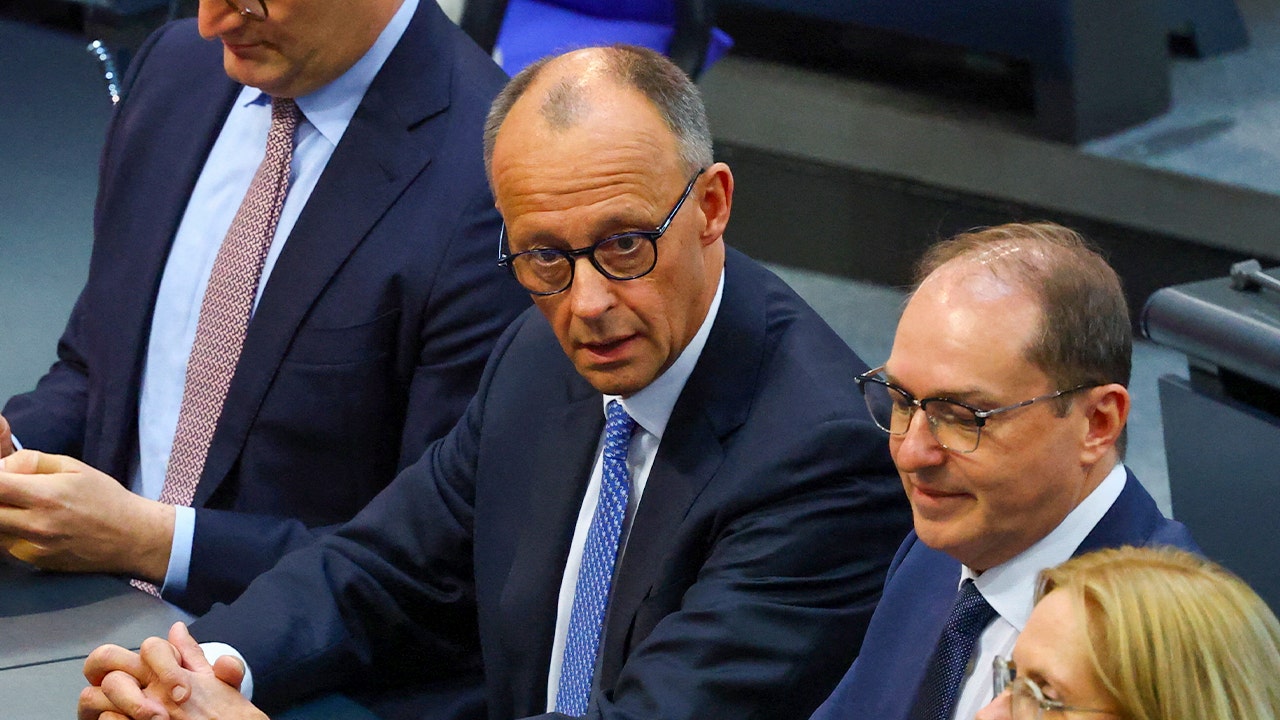Synopsis
Elon Musk concluded his advisory role with the Department of Government Efficiency (DOGE) under former President Trump, citing the end of his term as a Special Government Employee. His departure follows disagreements over spending bills and frustrations with bureaucratic delays. DOGE's cost-cutting efforts fell short of initial targets, prompting Musk to refocus on his business ventures, particularly Tesla.
 AgenciesElon Musk and Donald Trump
AgenciesElon Musk and Donald TrumpBillionaire Elon Musk has stepped down from his formal advisory role to former U.S. President Donald Trump, ending his tenure with the Department of Government Efficiency (DOGE). Musk made the announcement on X, his social media platform, stating that his term as a Special Government Employee had concluded. His exit has raised questions about the DOGE initiative, which he had helped shape.
“As my scheduled time as a Special Government Employee comes to an end, I would like to thank President @realDonaldTrump for the opportunity to reduce wasteful spending,” Musk posted on X. “The @DOGE mission will only strengthen over time as it becomes a way of life throughout the government.”
The following factors appear to have led to Musk’s exit.
Scheduled term limit reached
Musk’s role as a Special Government Employee was limited by law to 130 days of service in a year. This restriction meant his advisory position was temporary from the beginning. His term was set to end in late May 2025, making the departure part of a planned timeline rather than a sudden change. The role did not include executive powers or long-term involvement.
Disagreement over spending bill
Just before stepping down, Musk had criticised one of Trump’s key policies — a legislative package referred to by Trump as the “big beautiful bill.” Musk publicly called it a “massive spending bill” that added to the federal deficit.
“I think a bill can be big or it could be beautiful, but I don't know if it could be both,” Musk said during a CBS interview. He added that the bill “undermines the work” of DOGE, which focused on cutting government spending.
Slow progress and resistance in Washington
Musk has openly shared his frustration with bureaucratic delays. In an interview with the Washington Post, he said the situation in Washington was “much worse than I realized” and called the reform efforts an “uphill battle.”
DOGE became the target of criticism for various government issues, even those beyond its mandate. Public pressure also spilled over to Musk’s business ventures, including protests aimed at Tesla vehicles.
DOGE results fell short of targets
DOGE had originally set a target of $2 trillion in savings, later revised to $1 trillion, and then to $150 billion. The department aimed to reduce the federal civilian workforce by 12%, or about 288,000 positions. Actual reductions were about 100,000, mainly through buyouts and retirements — a number that fell below expectations.
While the DOGE website listed $175 billion in savings, the figure remained below the original goals. The limited success in cost-cutting likely played a role in Musk’s decision to step away.
Focus returns to business operations
Musk also signalled a shift back to his business commitments, especially Tesla, which is currently facing sales and profitability concerns. During a company earnings call, he announced plans to reduce his time spent on DOGE starting May.
Tesla has been affected by both economic and political factors, including Musk’s involvement in government affairs. Consumer response to Musk’s political role has also brought challenges for the company.
Musk had described his DOGE position as “chief nothing officer,” suggesting that the mission could continue without him. However, his exit has left uncertainty about the initiative’s future direction.
.png)
 German (DE)
German (DE)  English (US)
English (US)  Spanish (ES)
Spanish (ES)  French (FR)
French (FR)  Hindi (IN)
Hindi (IN)  Italian (IT)
Italian (IT)  Russian (RU)
Russian (RU) 







Comments